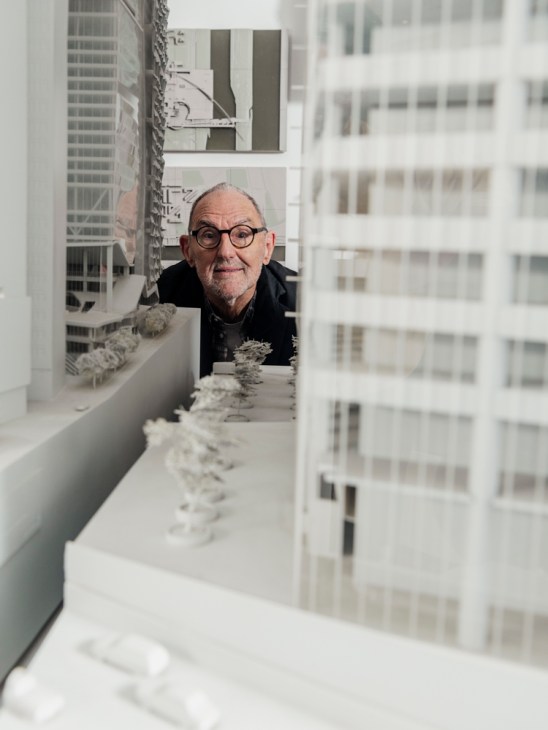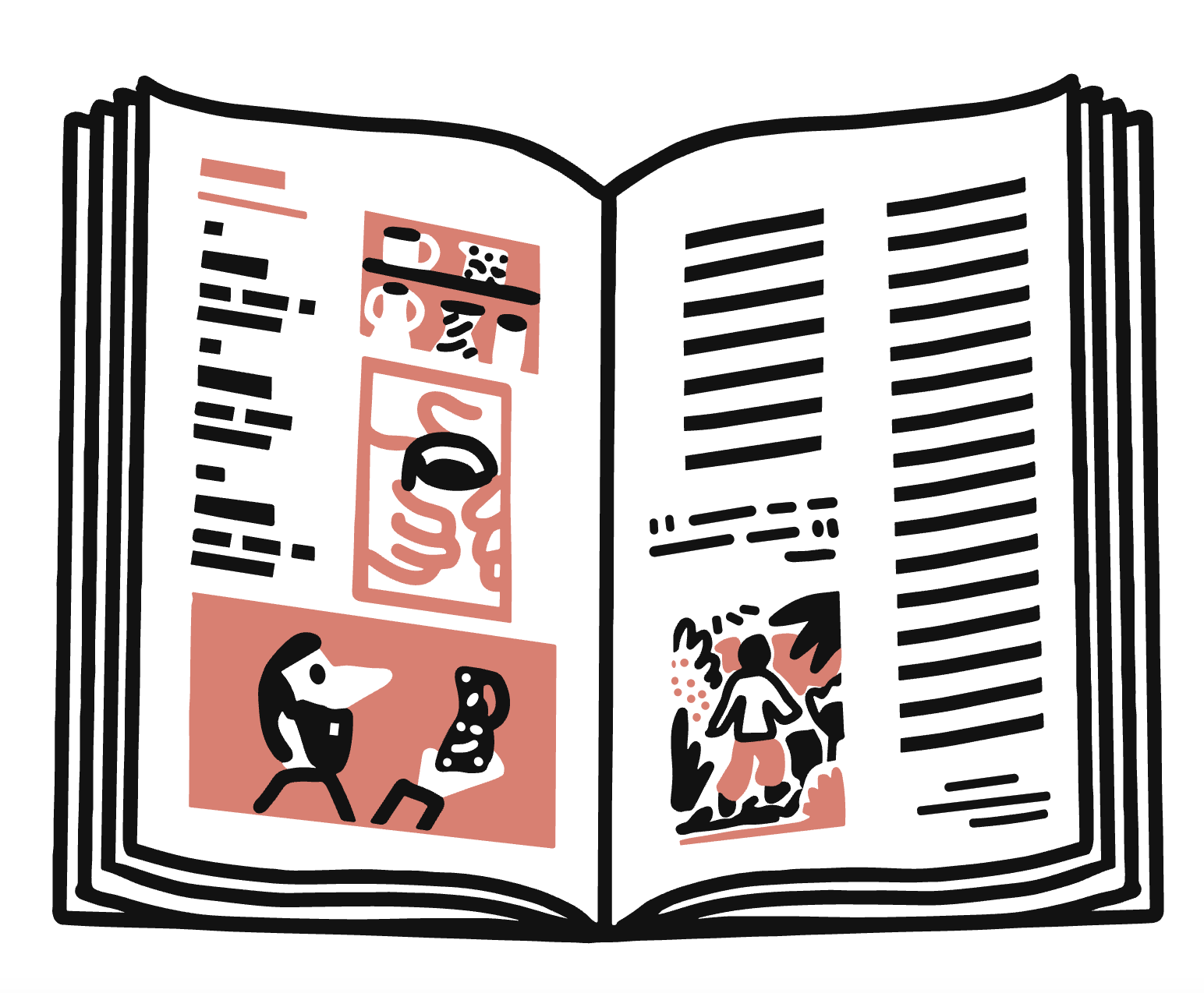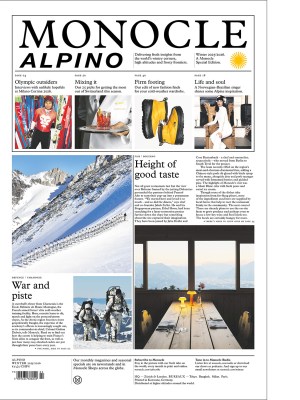Thom Mayne on designing cities, museums and The Line in Saudi Arabia
Pritzker Prize-winning architect Thom Mayne explains how Los Angeles, the desert and everyday life inform his bold, uncompromising designs.
“I’m more interested in the compelling than the beautiful.” The message is the medium at Thom Mayne’s studio, a nondescript cube of concrete breeze blocks on a busy corner in Culver City, Los Angeles. Across its walls are statements such as the one above, rendered and layered in stainless steel and crawling like calligraphy over its façade.
At the age of 81, Mayne remains an imposing figure – born in Connecticut, he was raised in Chicago and Los Angeles, where he forged his legacy. From humble beginnings in a studio above a bait shop in Venice Pier, he founded Morphosis in 1972 and co-established the Southern California Institute of Architecture (SCI-ARC).
After greeting us at his studio’s front door (which has “door” written on it, also in metal), Mayne leads Monocle into a cave-like workspace. His practice spans continents, from Orange County museums to Saudi Arabia’s new US embassy, but he’s far from everybody’s architect – his buildings frequently raise the hackles of critics and detractors. He belongs to no school, outside of a modernist’s imperative to always make things new.

Los Angeles is full of concrete boxes. How has the vernacular of the city influenced you?
Early in my career, I began to think about the idea of “architecture without architects”. A building that isn’t “architecture”, as it were, will still have its own characteristics and have formal qualities, even if you strip the design right down. Los Angeles is a temporary city. It is made up of these simple little buildings that were almost the first growth of the city. Architects were the second growth, taking down the little buildings or adding to them. And over time, the city was filled in.
Your first studio was in Venice Beach. How did the area inspire your early work?
At the time, it was an affordable place to be. It was pretty rough and I would hear gunshots at night. I had only just finished school and everybody used to gather at this café called DuPar’s, where you could get dinner with a beer for a few bucks. Ed Ruscha was there with this whole group of architects and artists, who were just kids then. I remember buying one of his early books, which was all about stripping stuff down visually. I connected with that.
How should Los Angeles rebuild itself after the recent wildfires?
At an architectural level, it’s a question of materials. So many of the houses here are faux-something – people want to build faux-Greek villas, for example. But they should build it like an actual Greek villa: make it out of stone, rather than flammable wood. In the recent fires, the architecture became the fuel. Fires of this scale happen maybe once or twice a century. But they can be used to create a positive outcome.
You worked on the original designs for The Line, a 170km-long development in Saudi Arabia arranged in linear form through the desert. Why did you want to design a city in this way?
I’m interested in how landscape informs architecture. They can have a hybrid, in-between relationship in which the project becomes more like “augmented land” than a building in the purest sense. In Saudi, there are mountains and ocean, and it’s a site the size of Belgium – a fascinating scale. It has since become a complicated project that many different people have worked on.
In California, you designed the Orange County Museum of Art. You described the building as “a fragment, not a whole”. What does that mean?
The project is open-ended – it’s not static. I want my buildings to be dynamic, with the viewer translating it and understanding it on their own terms. That would be different for someone who is highly educated in architecture and someone who is not.
You have said before that there’s “no zeitgeist”. What does that mean for architecture?
Go to a place that has vast amounts of new architecture – Shanghai or Shenzhen, for example – and there’ll be a couple of hundred buildings that are more than 50 or 60 storeys tall. There isn’t a set of constraints or rules, so you get a city that’s something of the moment and not about agreement or continuity. It’s a very modern notion of the city: a political, social and cultural expression of the individual, personified and concretised in the architecture of these cities. They give it form. And that’s where the conversation starts.


